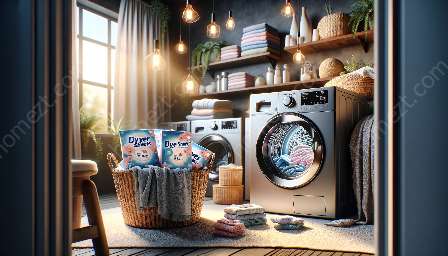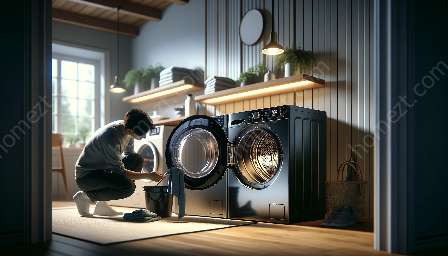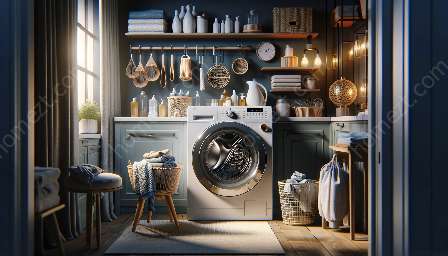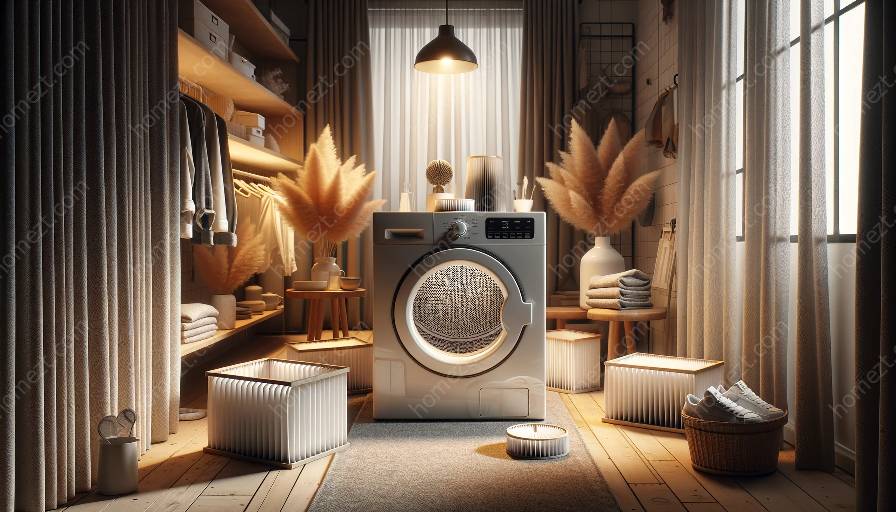Dryers are a common appliance in many households, offering convenience and efficiency in drying clothes. However, lint filters are an essential component of dryers that often goes unnoticed. In this comprehensive guide, we will delve into everything you need to know about lint filters, their importance, maintenance, and their relationship with dryers. From understanding the risks of neglecting lint filters to selecting the right type for your dryer, this guide will provide valuable insights to help you make informed decisions.
The Importance of Lint Filters
Lint filters play a crucial role in preventing lint buildup within the dryer and the exhaust vent. When clothes are dried, they shed fibers and lint, which can accumulate in the dryer and vent system. A properly functioning lint filter captures these particles, preventing them from clogging the dryer and vent. This not only ensures the efficient performance of the dryer but also reduces the risk of fire hazards caused by lint buildup.
Risks of Neglecting Lint Filters
Neglecting lint filters can lead to several potential hazards. As lint accumulates within the dryer and vent, it restricts the airflow, causing the dryer to work harder and become less efficient. This not only leads to longer drying times but also increases energy consumption. Moreover, the presence of excess lint can pose a fire risk, as the accumulated particles are highly flammable. Regular maintenance and cleaning of lint filters are essential to mitigate these risks and maintain the safety and efficiency of the dryer.
Maintenance and Cleaning
Proper maintenance of lint filters is key to ensuring their effectiveness. It is recommended to clean the lint filter before or after each use of the dryer. This involves removing the lint collected by the filter and ensuring that no residue is left behind. Additionally, periodic inspections of the vent system for lint accumulation are vital in preventing blockages and maintaining optimal airflow. By establishing a routine for lint filter maintenance, you can extend the lifespan of your dryer and minimize the risk of lint-related issues.
Choosing the Right Lint Filter
When selecting a lint filter for your dryer, consider the specific make and model of your appliance. Different dryers may require different types of lint filters, and it is important to choose a filter that is compatible with your dryer. Some lint filters are reusable and can be cleaned, while others need to be replaced. Understanding the maintenance requirements and lifespan of the lint filter is crucial in making an informed choice. Additionally, look for filters that are easy to access and remove, as this can simplify the cleaning process and encourage regular maintenance.
Types of Lint Filters
There are various types of lint filters available for dryers, each with its own set of features and benefits. Mesh lint screens, one of the most common types, capture lint particles while allowing air to pass through. However, they require regular cleaning to maintain effectiveness. Another type is the lint trap, which typically includes a removable screen that collects lint. This design makes it easier to remove and clean the accumulated lint. Additionally, some dryers are equipped with secondary lint traps, which offer enhanced filtration and prevent lint from entering the vent system.
Conclusion
Lint filters are an integral part of the dryer system, playing a critical role in maintaining efficiency, preventing hazards, and prolonging the lifespan of the appliance. By understanding the significance of lint filters and implementing proper maintenance practices, you can ensure the safe and effective operation of your dryer. Whether it's regular cleaning, selecting the right filter, or being aware of the potential risks, taking proactive measures related to lint filters can contribute to a safer and more efficient laundry experience.
























